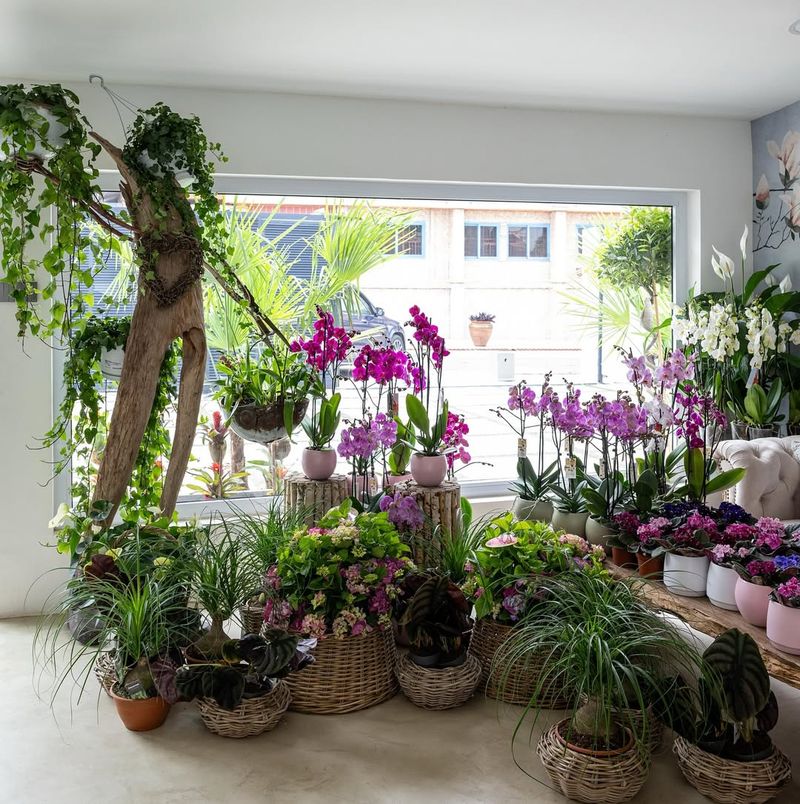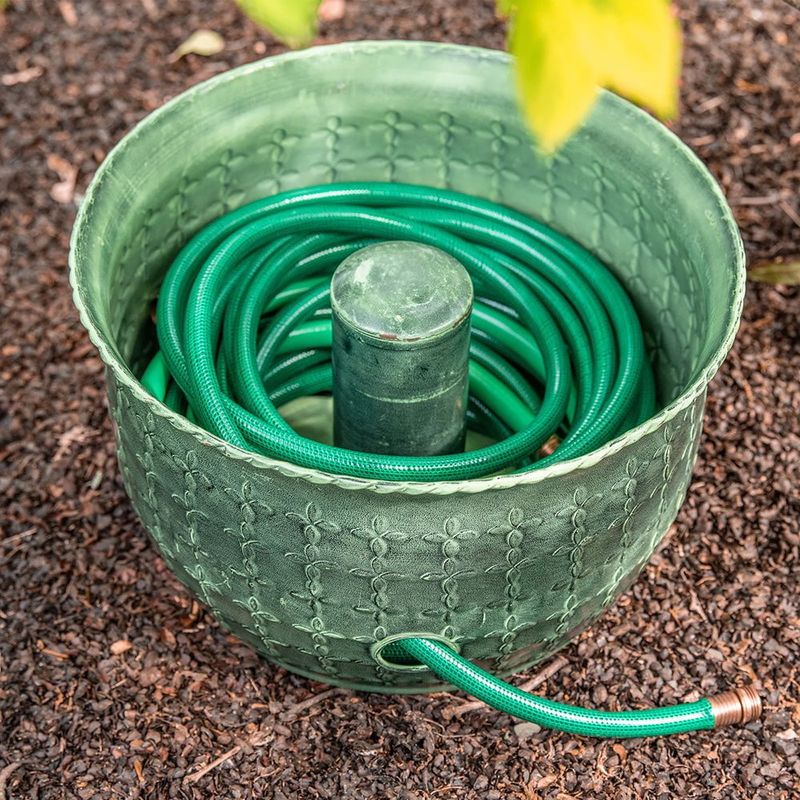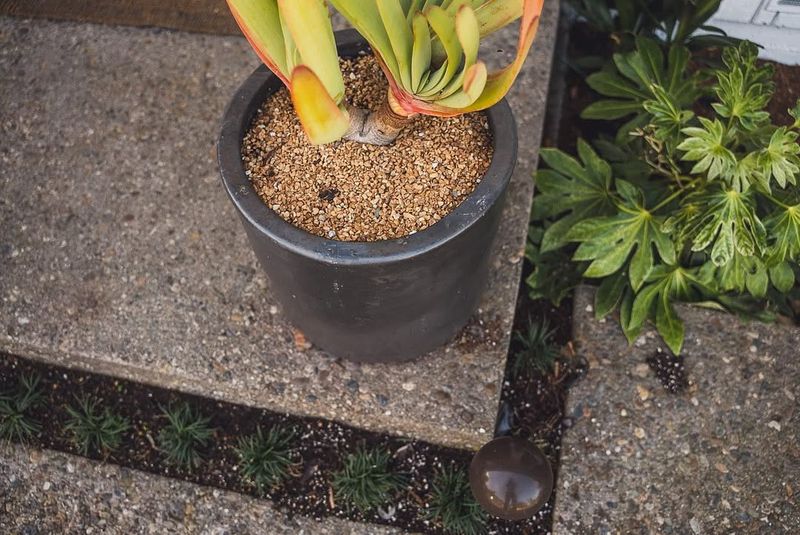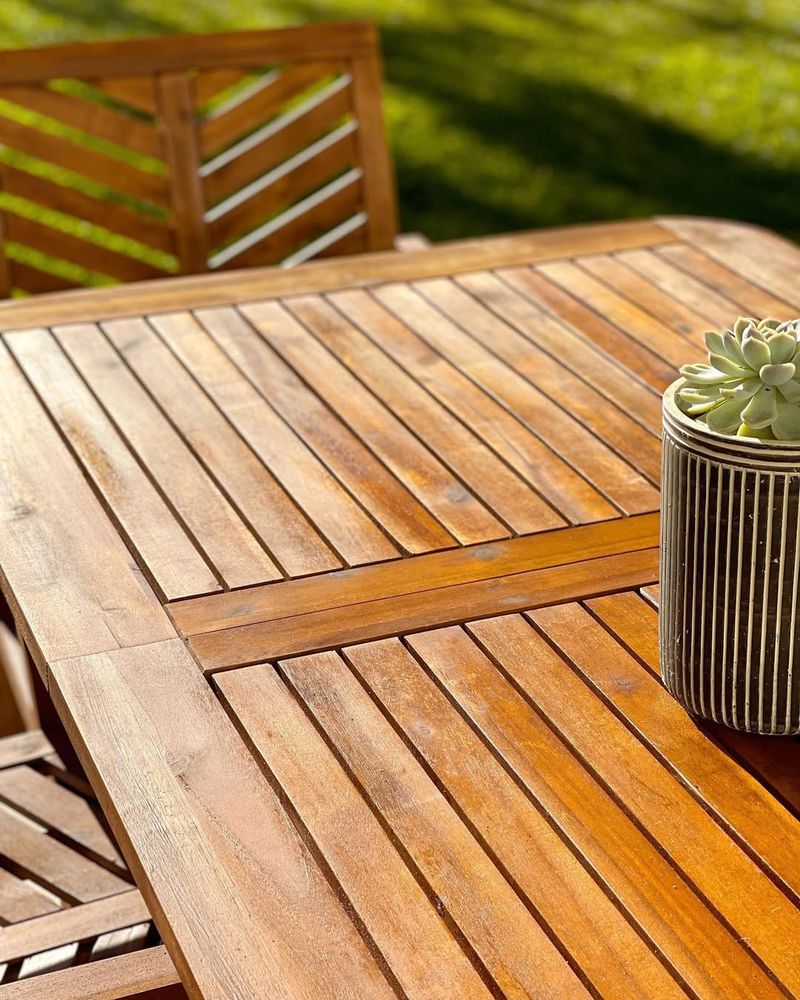Winter is coming to North Carolina, and that first frost can sneak up on you faster than you think. Your beautiful patio furniture, plants, and outdoor decorations need protection from the freezing temperatures that can cause serious damage.
Taking a few smart steps now will save you money and headaches when spring arrives.
1. Bring Delicate Plants Indoors
Tropical plants and tender perennials cannot survive North Carolina freezing temperatures, so moving them inside is essential. Look for spots near windows where they can still get sunlight during winter months.
Basements or garages work well for dormant plants that do not need much light. Check each plant for bugs before bringing them in to avoid indoor pest problems later on.
2. Cover Outdoor Furniture Properly
Quality furniture covers act like winter coats for your patio pieces, keeping moisture and ice from causing cracks or rust. Make sure covers fit snugly and have ties or straps to prevent North Carolina wind from blowing them away.
Breathable waterproof materials work best because they block moisture while preventing mildew growth underneath. Wipe down all surfaces before covering to remove dirt and debris.
3. Drain And Store Garden Hoses
Water left inside hoses will freeze and expand, causing splits and cracks that ruin them completely. Disconnect each hose from outdoor faucets and drain every drop of water by holding one end high.
Coil hoses neatly and store them in a shed or garage where temperatures stay above freezing. Taking this simple step prevents expensive replacements and ensures your hoses last for years.
4. Apply Mulch Around Hardy Plants
Did you know a thick blanket of mulch can keep plant roots cozy even when temperatures drop below freezing? Spread a three to four inch layer around shrubs and perennials that stay outside all winter.
Pine straw and shredded bark both work wonderfully in North Carolina gardens. Wait until after the first light frost to apply mulch, which helps plants transition properly into dormancy.
5. Clean And Seal Wooden Surfaces
Wooden decks and furniture absorb moisture during winter, leading to warping, splitting, and rot over time. Power wash or scrub surfaces thoroughly to remove dirt, then let everything dry completely for several days.
Apply a quality sealant or stain designed for outdoor use to create a protective barrier. Working on a dry, mild day ensures the product soaks in properly and cures before cold weather hits.
6. Store Ceramic And Clay Pots
Ceramic and terra cotta containers look beautiful but crack easily when water inside them freezes and expands. Empty all soil from these pots and clean them with soap and water before storage.
Stack them carefully in a garage, basement, or covered shed where they stay dry. Plastic and fiberglass pots handle freezing better and can often remain on your North Carolina patio if elevated off the ground slightly.
7. Protect Outdoor Cushions And Fabrics
North Carolina freezing temperatures and winter moisture can fade colors and create mold on outdoor cushions left exposed. Bring all removable cushions, pillows, and fabric decorations inside your home or a climate-controlled storage area.
If storage space is tight, invest in large waterproof bins with tight-fitting lids. Clean fabrics according to care labels before storing to prevent stains from setting in over the winter months.
8. Shut Off Outdoor Water Lines
Frozen pipes can burst and cause thousands of dollars in water damage to your home. Locate the shutoff valve for outdoor faucets inside your house and turn it completely off.
Open outside spigots to drain any remaining water, then leave them open all winter long. Installing insulated faucet covers adds extra protection against those occasional extreme cold snaps North Carolina sometimes experiences unexpectedly.









